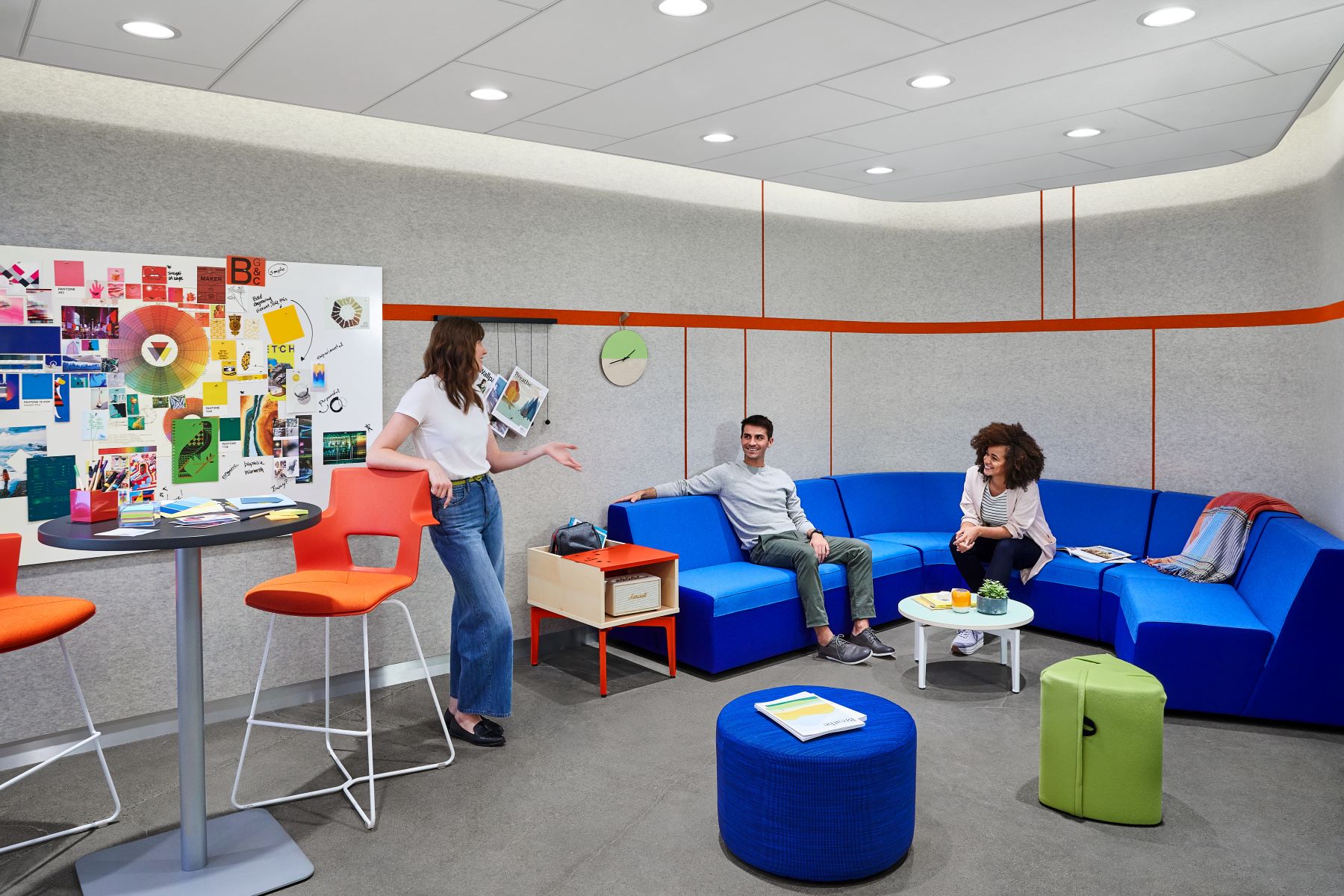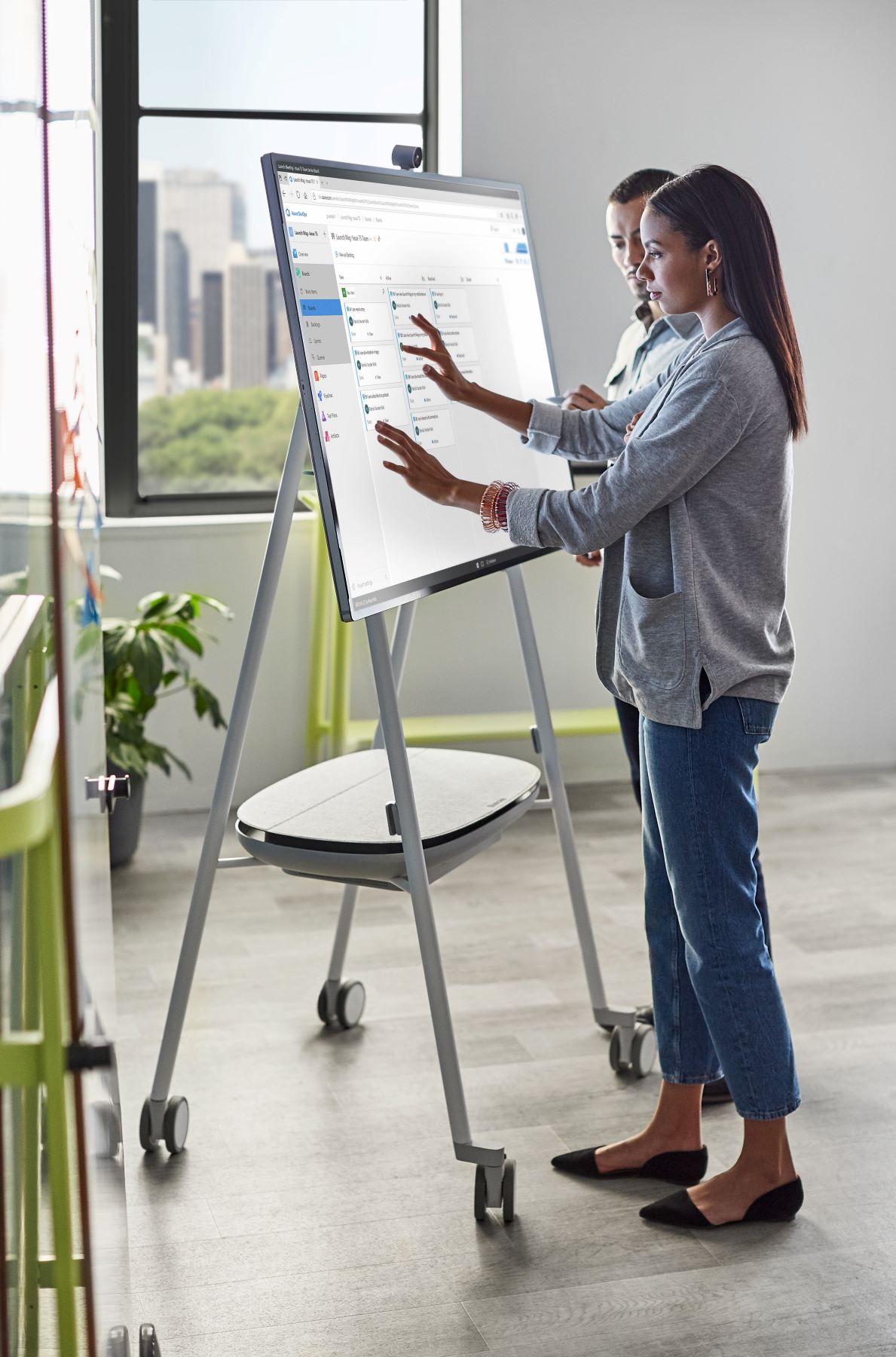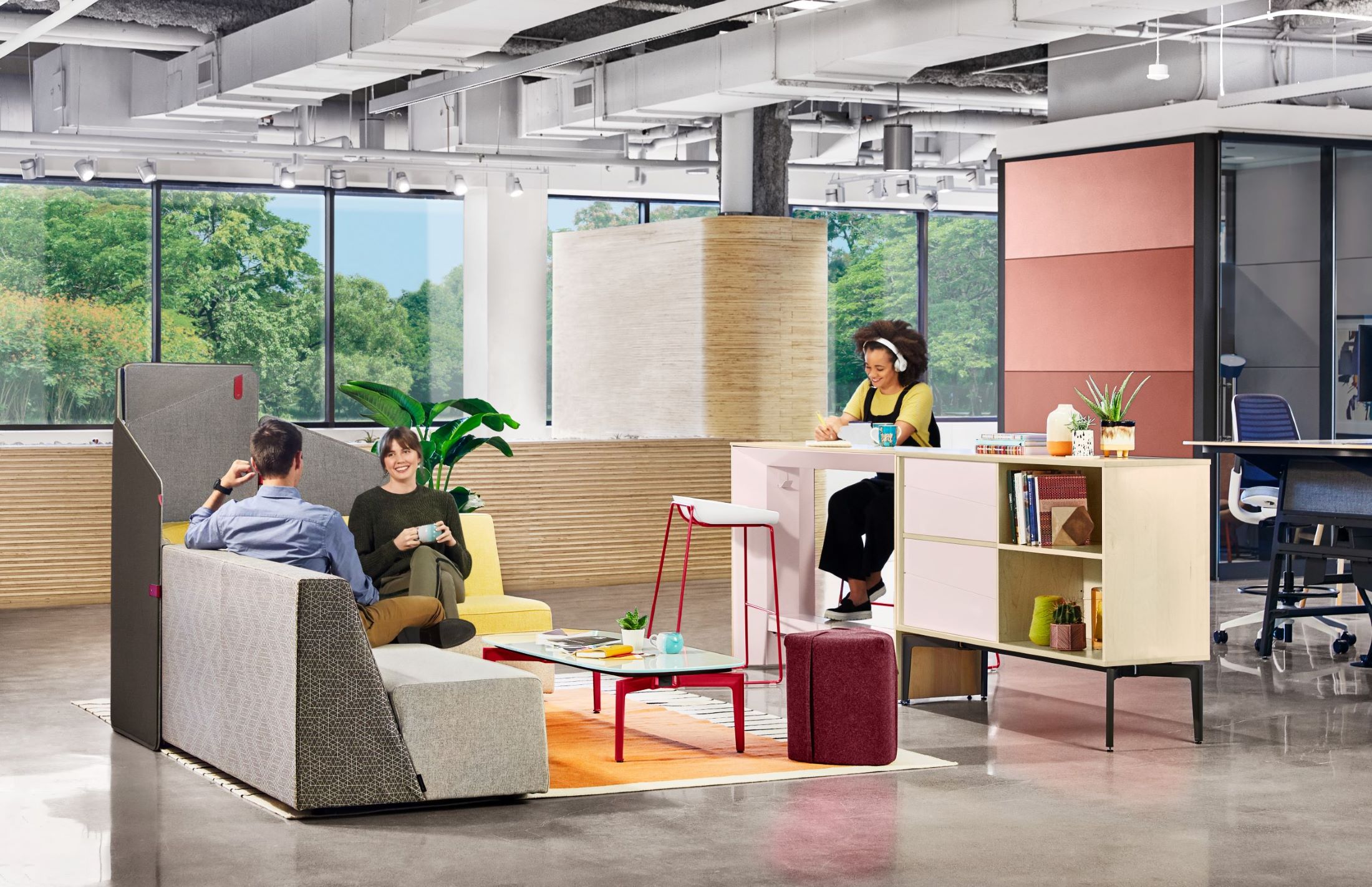We use cookies to maximize your online experience with us. By closing this window, you consent to our cookie policy. You can change your cookie settings in your browser any time. For more information, please see our Privacy Policy located on the footer of this site.
What Comes Next Post COVID-19? Part Three: Shifting from Question to Answer Mode

Written by Steve Lang, President & CEO | dancker
Ready or not, the world is reopening. We’ve been anticipating this moment for months, understanding from the start of the COVID-19 pandemic that the world would be different – would feel different – when we returned to it.
We had many questions and trusted that the answers would come with time. We still don’t have all the answers, but we’ve had numerous conversations with colleagues and clients and now appreciate more than ever that we’re all feeling a similar mix of emotions, optimism for the opportunities ahead of us mixing with anxiety about the lingering uncertainties. As I recently wrote, none of us is currently optimized for peak performance, but this simple act of staying connected to each other helps my optimism outweigh anxiety. I am confident that we’ll find ways to optimize again sooner rather than later, and I have a few ideas about how to do that. It’s time to shift from question mode to answer mode.
KEEPING YOUR EDGE BY COMMUNICATING
Just as most states are reopening in phases, people will return to the workplace in waves too. This process will no doubt be stressful for both organizations and individuals. Emotions are running high, so as leaders, we have to plan for the perception as much as the reality. Change will continue to be constant, impacting our ability to remain steady and consistent through the months ahead. Flexibility and frequent communication will be critical, especially as situations evolve, and that communication must be direct, honest and transparent.
In the spirit of direct communication, we connected with 70 corporate and government clients through a series of virtual round tables and surveys hosted by dancker in May. After many conversations, four recurring themes emerged – four areas of concern that are top of mind for all of us: 1) personal well-being; 2) the physical workplace; 3) digital connections; and 4) organizational and behavioral shifts.
Here’s our take on the opportunities to address all four with actionable strategies.
…four recurring themes emerged – four areas of concern that are top of mind for all of us: 1) personal well-being; 2) the physical workplace; 3) digital connections; and 4) organizational and behavioral shifts.
A RENEWED FOCUS ON WELL-BEING
In recent years we’ve been able to focus on our team members’ well-being in terms of happiness and fulfillment, in addition to health. But this pandemic has pushed us back to the baseline where physical health is number one. If we don’t solve for people’s basic needs for health, safety and security then we’re not going to be able to achieve our goals as an organization. During one of our round table discussions, a client representing the human resources team of a Fortune 500 company acknowledged that “as we plan to return to work, we need to make choices carefully and responsibly. Employee safety and well-being must be paramount – people need to be safe and feel safe.”
Now and in the near term, we need to:
- Address mental health concerns as the return to the office and uncertainty in general causes anxiety to rise.
- Establish protocols that ensure confidence in the safety measures being deployed (e.g. PPE, social distancing, cleaning and disinfecting).
- Communicate early and often; share expectations and ensure they’re being met (e.g. protocols being understood and followed by all) to avoid a breakdown in confidence and trust.
- Ask for feedback, and be flexible and understanding of those eager to return to the office as well as those fearful to do so.
- Have a plan; then monitor and adjust that plan as situations evolve.
We also need to plan for the long-term:
- Adopt holistic wellness programs that offer a wide range of services while also communicating your organization’s commitment to employee safety and wellness.
- Add or enhance physical spaces that encourage movement and offer stress relief; layer in elements of biophilic design; create more outdoor space, or areas with natural light and air.

HUMAN-CENTRIC CHANGES TO THE BUILT ENVIRONMENT
The physical workplace has always played a big role in employees’ health and well-being, but now the spotlight on its role will be bigger than ever. If you want to be optimized as an organization your space has to play a part. It can be your best supporting actor, providing room for teams and individuals to focus, socialize, learn, collaborate and rejuvenate in ways that help them stay happy, healthy and productive. Now more than ever we need to create workspaces that are tech-enabled, flexible and agile. But where to start?
Our recent survey asked people to rank space types by their importance, and this is the resulting list:
- Individual workstation (most important)
- Meeting/huddle rooms with technology for video conferencing
- Conference rooms
- Cafeteria/café spaces
- Meeting/huddle rooms without technology for video conferencing
- Open collaboration areas
- Private offices
- Touchdown areas
- Wellness/respite spaces
- Focus areas/single occupancy spaces (least important)
Within the highest priority spaces, now and in the near-term, we need to:
- Layer in the tools and technologies that help people feel safer and provide training and support to simplify the adoption of those tools.
- Reduce density and ensure that your workplace design aligns with your updated occupancy strategy based on a phased return to the office (limiting capacity, rotating staff, etc.) and on social distancing guidelines.
- Consider repurposing underutilized meeting rooms, common areas or cafes.
- Incorporate touchless technologies in shared spaces, especially entry areas and restrooms.
For all of the above, it’s critical to be cautious about where you invest in the short-term. Make sure you have a long-term plan. Buying now without such a plan could lead to buying again later. Over the long-term you’ll also want to:
- Reevaluate real estate needs as everyone settles into their new routines.
- Replace fixtures, furniture, lighting and systems (such as LED disinfecting lighting and HVAC) to focus on safe, easy-clean and durable solutions.
- Provide more outdoor spaces.
Quoting the director of facilities from a pharmaceutical company, who joined one of our round tables: “you need to be very flexible because there is no right, there is no wrong. We’re just looking at if people come back, how do I make them feel comfortable.”

CONTINUED DIGITAL TRANSFORMATION
In our client’s quote, the word “if” is notable – “if people come back.” While I firmly believe that we need to get back to our workplaces in order to optimize for peak performance, this remains a valid question especially for the short- and mid-term. Everyone we spoke to suggested that working from home had been successful – people have been productive and effective while working remotely. Even the most traditional organizations confirmed during our roundtable discussions that working from home will remain an option going forward. Our survey respondents pointed to the same results: a majority believe that they are almost as productive as in the office, though some say they are missing a few key items that would help them be more productive.
This underscores our need to help people optimize their workspace wherever they are, at home or in the office. And when teams are working from both places, leaders must make sure the office helps the people at home feel connected. My colleague Kevin Klier, dancker’s senior EVP and general manager, recently described ways to support working from home in Workplaces Magazine. This absolutely has to be a big part of our near-term strategies for optimization.
Other tactics for the short- and mid-term include:
- Implement occupancy data and space utilization sensors with real-time monitoring to empower data-driven building operations.
- Deliver employee-facing apps that build trust and confidence in the workplace, including live map solutions that show spaces that are occupied or available.
- Continue to leverage communication platforms that link employees working in different locations and that support informal chats as well as official announcements; embrace digital sharing over printed documents.
- Empower employees to use personal devices rather than shared.
- Replace touch-screen technology with zero-touch solutions like motion and voice sensors.
Over the long-term:
- Create more video conferencing rooms and implement noise reduction methods.
- Invest in tools and technologies that support more productive long-term work from home, including mobile laptops, external monitors, wireless headsets and other equipment or at-home furnishings.
The workplace strategy leader of a consumer products company said it best: “we’re trying to figure out how to make this more of a sustained marathon, not a sprint back into the office. We’re putting our energy into trying to think about how we can change the built environment when we should be thinking about how we can improve our digital collaboration. Those are the things that are going to stick after this.”
ORGANIZATIONAL AND BEHAVIORAL CHANGES
Whether it’s working from home, collaborating digitally, or something else, many of the behaviors we’ve embraced in recent months are certain to last much longer than COVID-19 does. Listen and observe to understand what really matters to your colleagues and clients, and focus on optimizing those details before all else. Keep an open mind to new ideas, and don’t be afraid to throw away old ways of doing things. This is our opportunity to embrace change and innovate.
Now and in the near-term it’s important to:
- Design your organization to support change.
- Establish a clear vision, and update policies (such as work-from-home or other policies related to flexibility and work-life balance); communicate and provide training to gain understanding and trust.
- Implement a solid, yet flexible change management process.
- Lead by example.
Over the longer-term, consider ways to:
- Explore ways to support employees beyond the standard paycheck and benefits with additional creative opportunities to strengthen your culture and brand.
- Continue to communicate frequently, and openly.
- Stay open-minded about new ideas and new ways of working.

Through all of this, the most important advice is don’t go backwards. But don’t run or race forward yet either.
Success is messy. This will be an iterative process. Take the time to listen and learn to ensure a successful transformation to the new normal that will achieve the full potential of your people and your organization. This crisis presents an opportunity to move organizations forward in unique and innovative ways. By adopting better ways of doing things, and showing your willingness to do so, you’re supporting your most valuable asset – your people.
Download our Adaptations @ Work report to learn more about what we learned during our round tables and survey.
